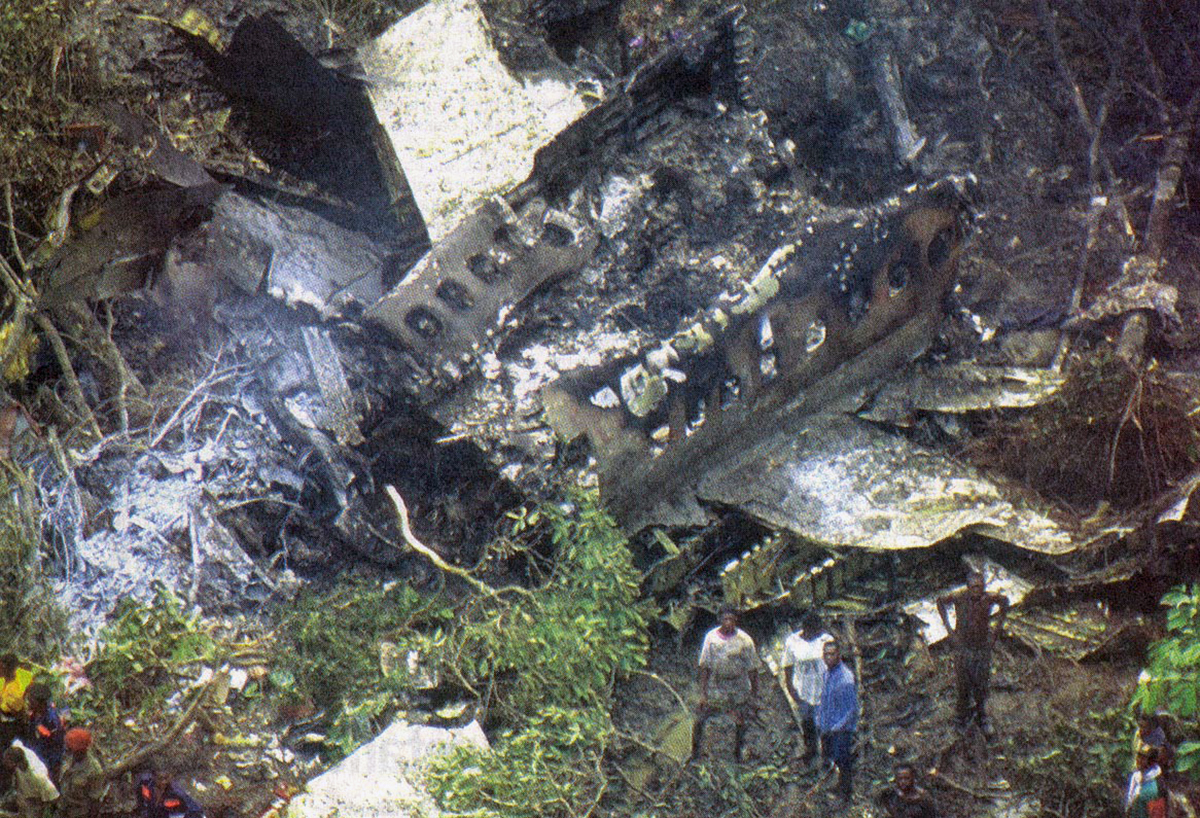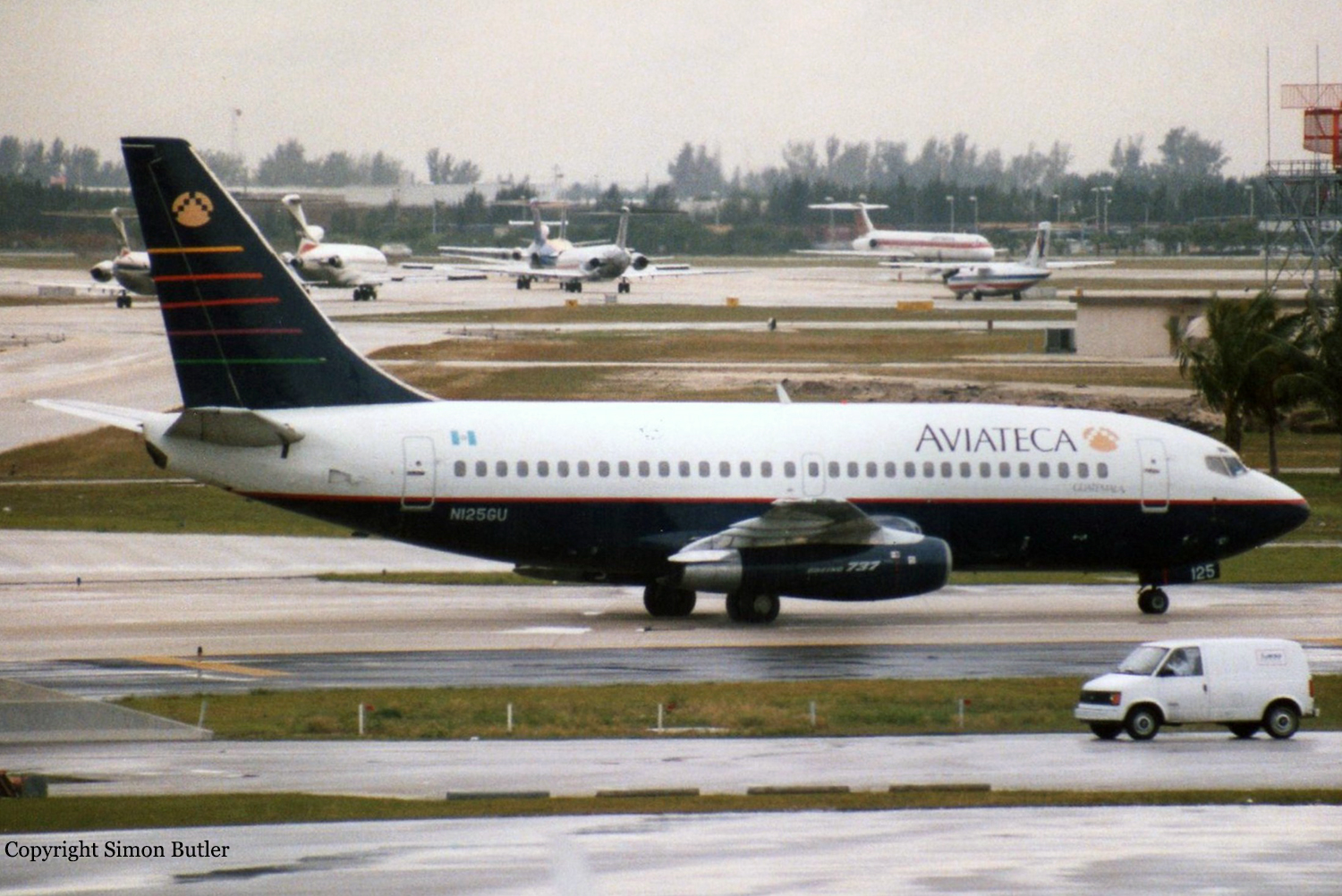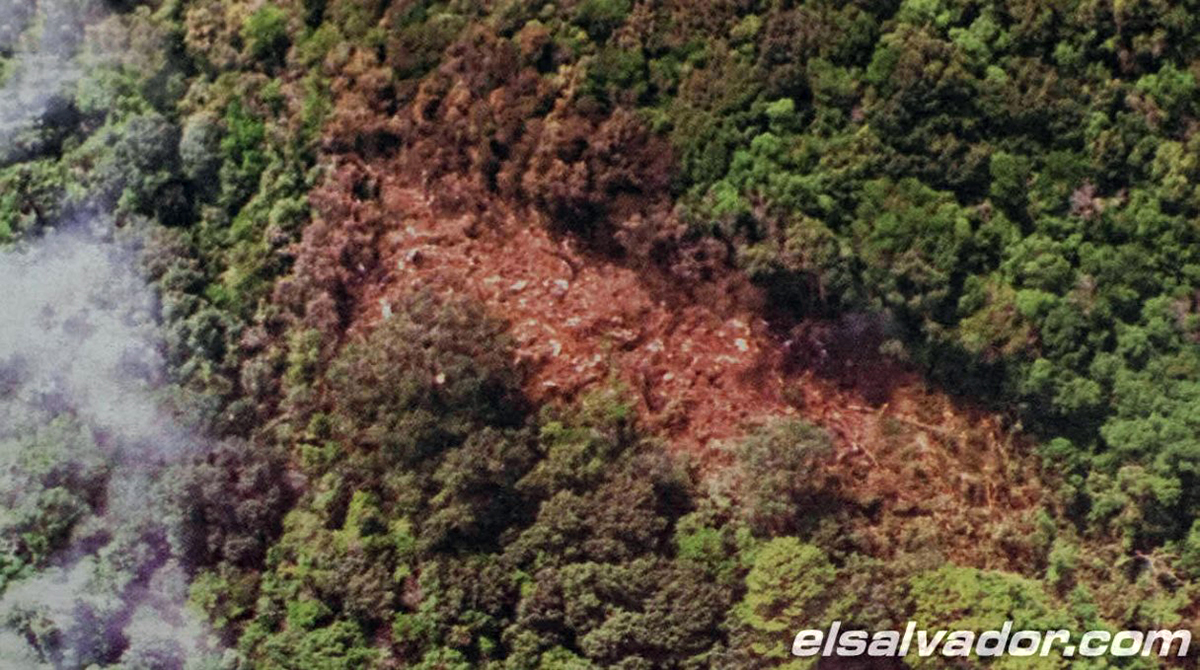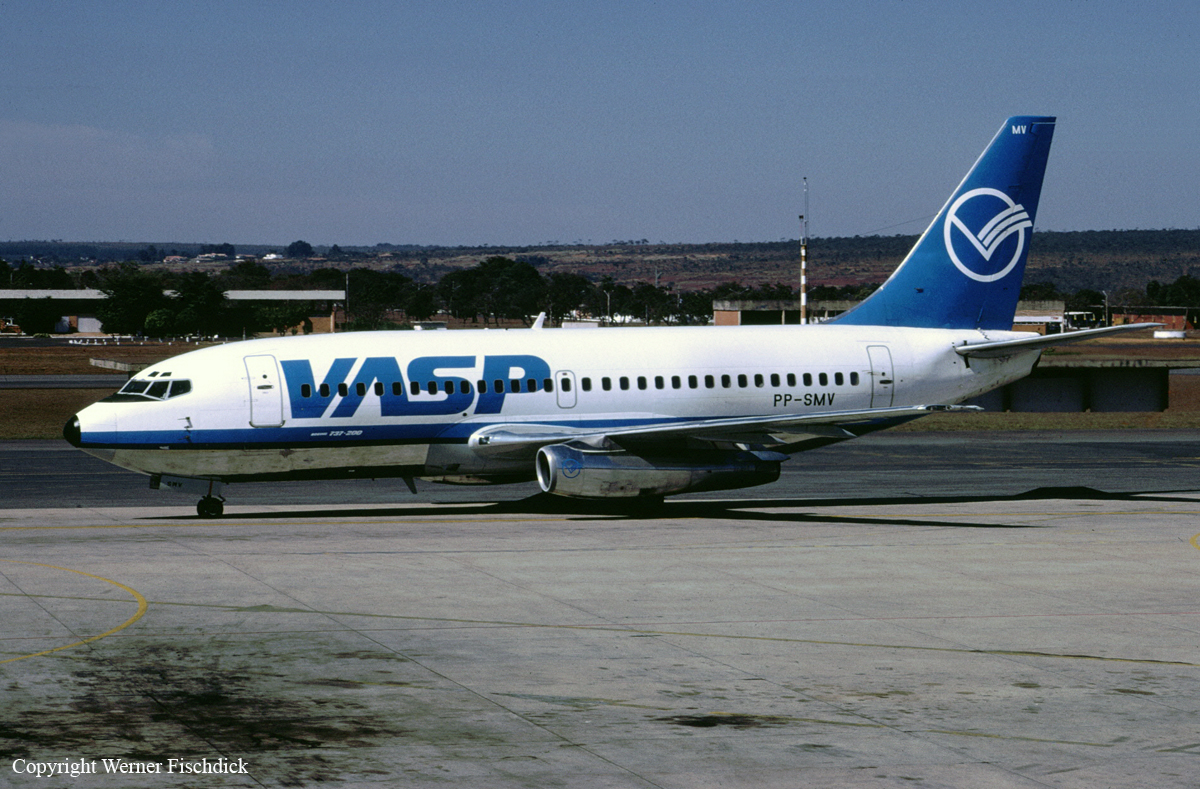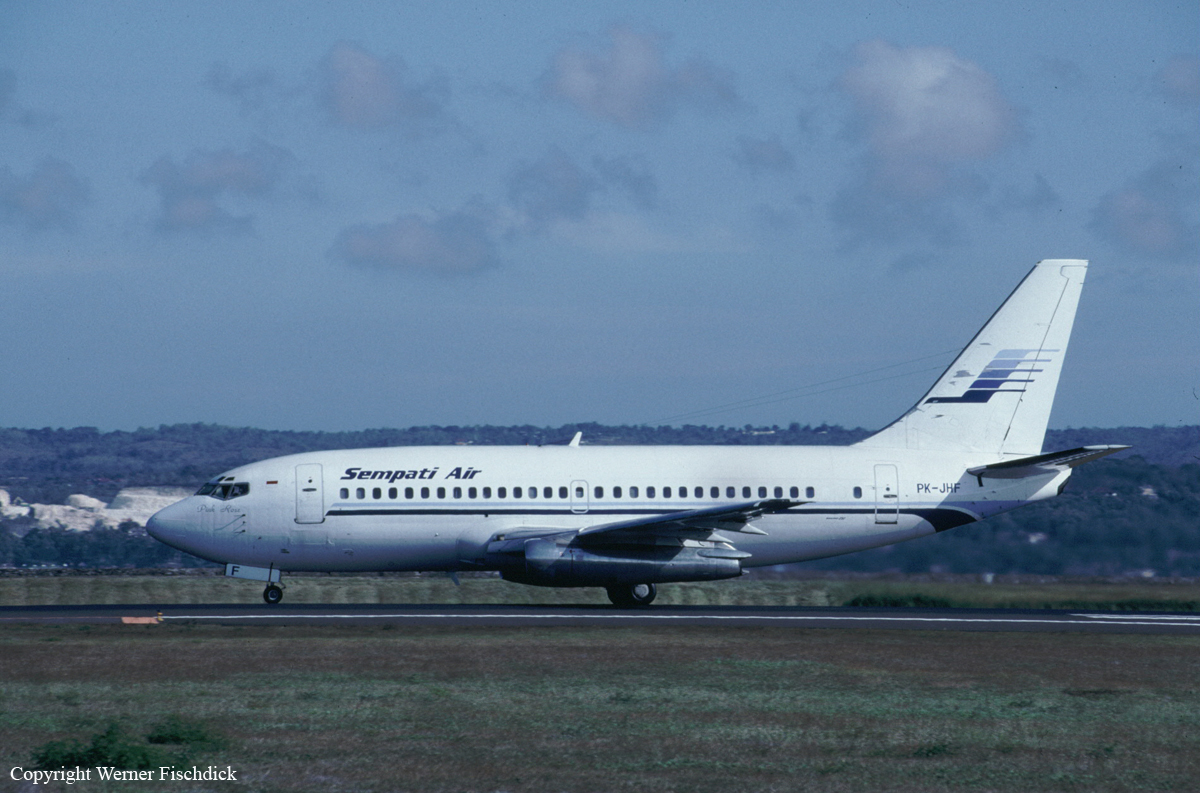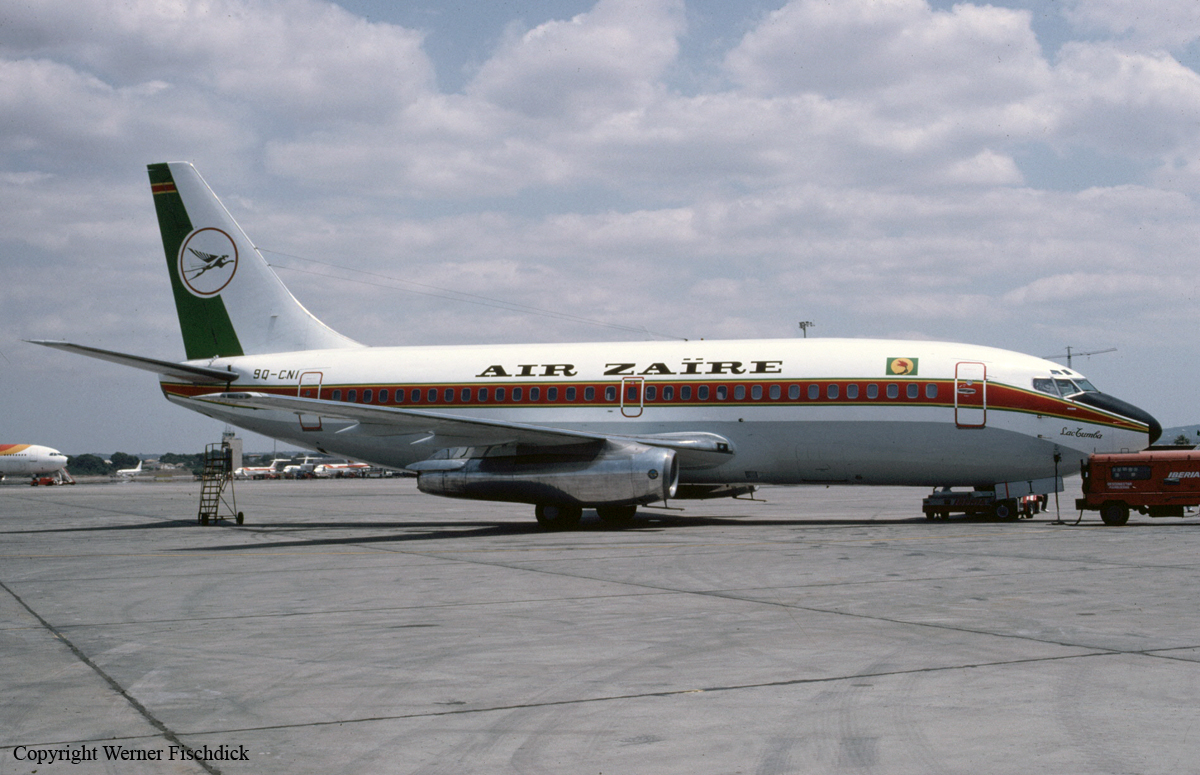Crash of a Boeing 737-2K9 in Douala: 71 killed
Date & Time:
Dec 3, 1995 at 2244 LT
Registration:
TJ-CBE
Survivors:
Yes
Schedule:
Cotonou – Douala
MSN:
23386
YOM:
1985
Flight number:
UY3701
Crew on board:
5
Crew fatalities:
Pax on board:
71
Pax fatalities:
Other fatalities:
Total fatalities:
71
Captain / Total hours on type:
5923.00
Copilot / Total hours on type:
4317
Aircraft flight hours:
18746
Aircraft flight cycles:
23233
Circumstances:
While on a night approach to Douala Airport, at a distance of 3,5 NM, the crew was cleared to land on runway 30. At this time, the aircraft initiated a slight climb and about 15 seconds later, the copilot informed ATC about technical problems. Three seconds later, the aircraft rolled to the left, struck trees and crashed in a mangrove located about 1,700 metres south of runway 30, bursting into flames. Three passengers and two crew members (the copilot and a stewardess) were seriously injured while 71 other occupants were killed.
Probable cause:
The accident resulted from a loss of control of the aircraft during an attempted go-around made during the touchdown maneuver on landing, with degraded performance.
The following factors contributed to the accident:
- The detachment by structural fatigue of a blade from the first stage of the compressor on engine n°1 which led to a loss of power, and
- A destabilization of the trajectory during landing and the late or slow execution of the go-around procedure in an unidentified single-engine configuration which resulted in an irreversible loss of speed.
The following factors contributed to the accident:
- The detachment by structural fatigue of a blade from the first stage of the compressor on engine n°1 which led to a loss of power, and
- A destabilization of the trajectory during landing and the late or slow execution of the go-around procedure in an unidentified single-engine configuration which resulted in an irreversible loss of speed.
Final Report:
